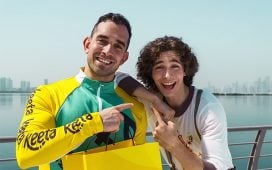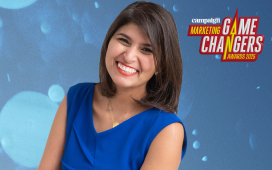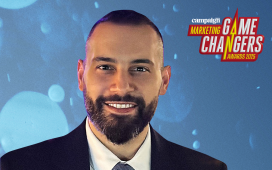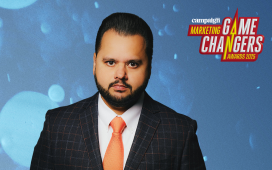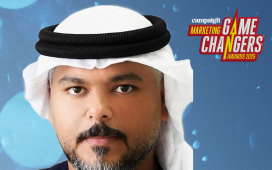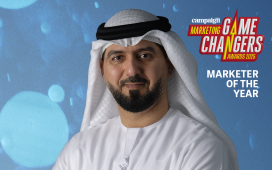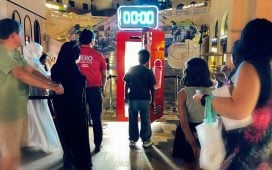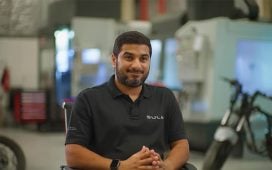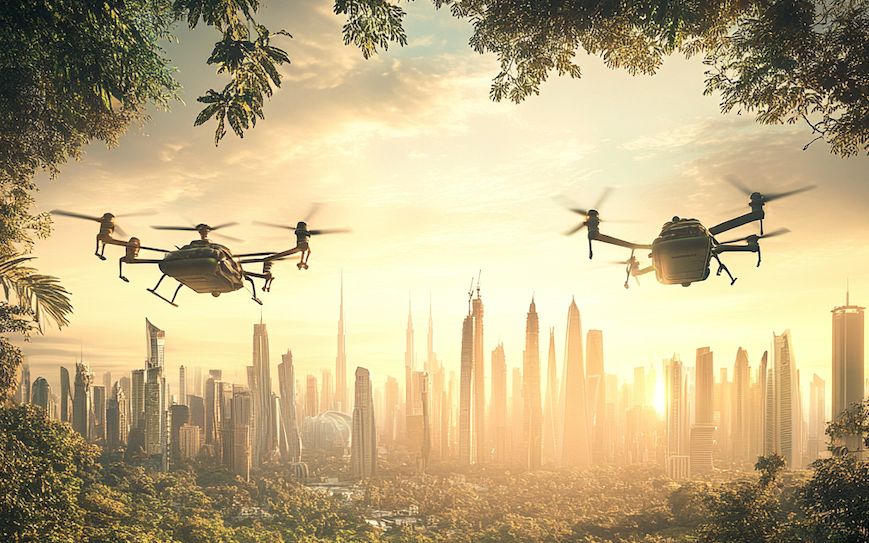
It’s the year 2040. You wake up in a city where every business, ad agency, and brand work together to ensure nothing goes to waste. Resources are reused, products are built to last, and sustainability isn’t just a buzzword – it’s just how things are done.
In Dubai, a city known for reinventing itself, this new circular economy thrives, and advertising agencies are in the thick of it, shaping communication in this bold, new net-zero world.
But how exactly do ad agencies fit into this picture? And what changes can we expect to see in how we consume, how brands operate, and how agencies create?
Consumption reinvented
The circular or regenerative economy is based on three principles:
- Design out waste and pollution.
- Keep products and materials in use.
- Regenerate natural systems.
In the circular economy, consumption isn’t about piling up stuff – it’s about making more thoughtful, longer-lasting choices.
Gone are the days of ‘buy more’ ads shouting at you. Instead, ad campaigns are about the value of products that last, can be reused, or are easy to repair.
Organic material products are next-level. You can buy seeds of fungi-based fabrics and grow them overnight into the latest Nike AF1, size 12. In some cases, purchasing a product is an investment, since it lasts forever.
Ad agencies must make a massive shift to accommodate this, and advertising will be difficult if they don’t understand how the circular economy works.
What will clients expect from agencies?
Clients will look for more than just creative campaigns; they expect ad agencies to be narrative curators, weaving stories about the product lifecycle that capture consumer attention and build brand loyalty.
Agencies must understand the ins and outs of sustainable production, carbon-neutral marketing strategies and ethical sourcing. Brands won’t just ask, “Can you make the ad about this?” but “How can you help us align with this circular, regenerative world?”
Every product will have a digital label showing its carbon emissions. Think of it as a food nutrient label but for emissions. The luxury products will be the ones that achieve full circularity.
However, the client’s business is always driven by consumers. By 2040, consumers will want to know where a product comes from and demand to know where it’s going. Greenwashing will be a thing of the past. Studies already show that 78 per cent of consumers believe businesses should play a key role in fighting climate change, and by 2040, that number will rise even higher.
Attracting the regeneration generation
By 2040, attracting talent will be more than offering an excellent working environment or remote work options (although those will still matter). The next generation of creatives will be purpose-driven, seeking out agencies that don’t just talk sustainability, but live and breathe it.
Agencies must embed sustainability into their culture, from how they operate to how they support their employees. Agencies must also have digital ratings based on environmental and social impact.
Young talent will want to work at places where their work makes a real impact. By 2040, more than 80 per cent of jobseekers will prioritise companies with strong environmental and social responsibility practices.
AI and creativity are partners.
Now, let’s talk tech. By 2040, AI will play a massive role in the advertising industry. AI will handle the heavy lifting: gathering data, analysing trends, and even helping optimise ads for the perfect audience. But humans will still have the edge when it comes to emotional storytelling.
AI will free up creative teams to focus on what they do best – creating memorable, innovative ideas that resonate. AI will help ensure these creative ideas are carbon-efficient, suggesting ways to lower campaigns’ environmental impact. Sorry, creatives, but travelling for shoots will be rare. Instead of flying a crew worldwide, a virtual shoot will cut travel emissions by 75 per cent.
The future is circular, and it’s looking bright
In Dubai’s vibrant, forward-thinking landscape, ad agencies will be the champions of the circular economy, driving sustainability, creativity, and business success. They’ll help brands adapt to a world where consumption is responsible and lead the way in shaping consumer expectations, attracting purpose-driven talent, and making sustainability the norm.
So, what’s next? The circular economy is already spinning into action, but until this transformation is complete, here are five tips everyone can embed when communicating sustainable products or services:
1. Be specific and transparent.
2. Focus on positivity and hope.
3. Make it personal and actionable.
4. Focus on benefits, not sacrifice.
5. Storytelling over statistics.
By Andrej Arsenijevic, Executive Creative Director at Commonwealth McCann and Sustainability Ambassador at MCN

